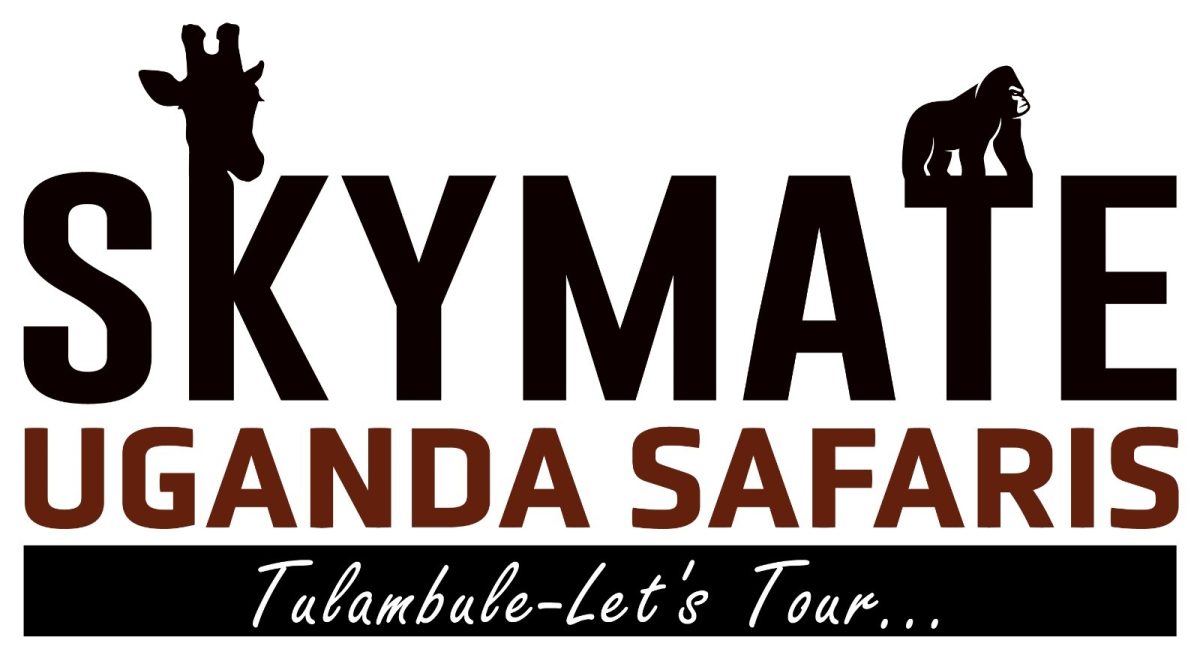Mabamba Swamp is a Ramsar Wetland of International Importance and bird watchers’ dream destination. The swamp derives its name from emamba – the local name for a species of lungfish.
Mabamba Swamp is located in central Uganda on the edge of Lake Victoria, the largest lake in Africa, within easy reach of Kampala and Entebbe.
The swamp consists of 165 km2 of papyrus beds, small channels, and lagoons. It’s home to over 300 bird species, including the shoebill – the most sought-after bird by Uganda birding tourists and nature lovers. Mabamba is a great place to visit at the beginning or end of your Uganda safari.
It is also a perfect spot for short Uganda tours or short weekend trips.
Shoebills In Mabamba Swamp
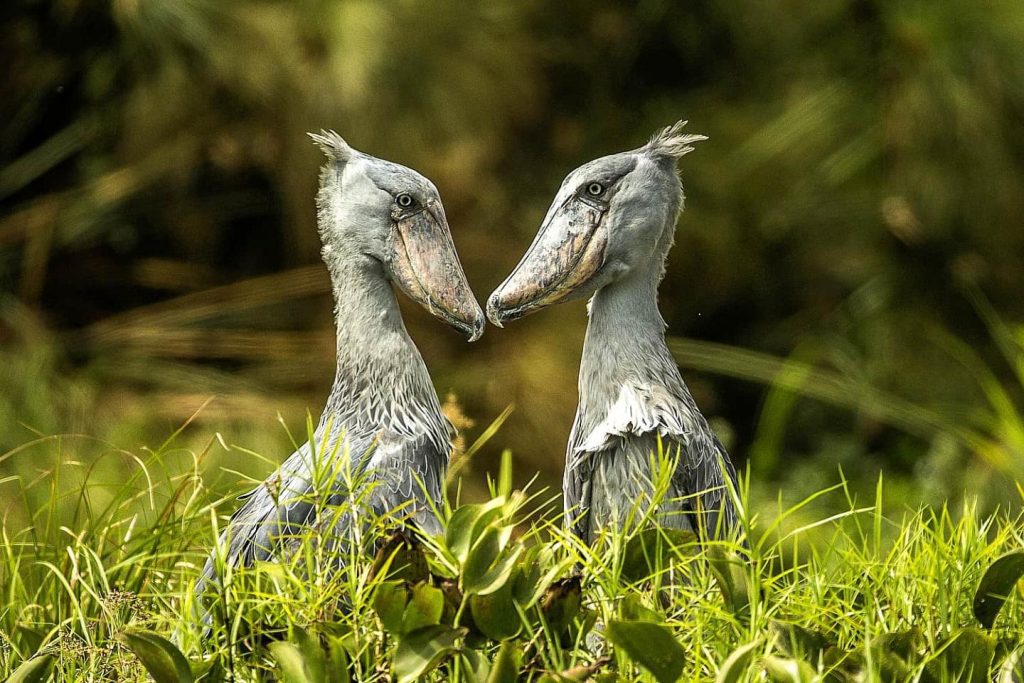
Uganda’s Mabamba Swamp is the most accessible and reliable place in the whole world to see the rare shoebill bird (Balaeniceps rex) in its natural habitat.
This massive pre-historic-looking bird is classified as vulnerable and is a bucket list sighting for any avid bird. With its huge, yellow, human-like eyes, the enormous shoe-shaped bill, and 5 feet height, this big bird looks like something from the dinosaur era.
That large bill helps the shoebills to catch their favorites prey: Lungfish. They’ll also eat other fish species (tilapia and catfish), birds, frogs, terrapins, water snakes, monitor lizards, rodents, baby crocodiles, and even small mammals. Shoebill storks are masters of patience. They will stand in water and large patches of grass for hours motionless as statues.
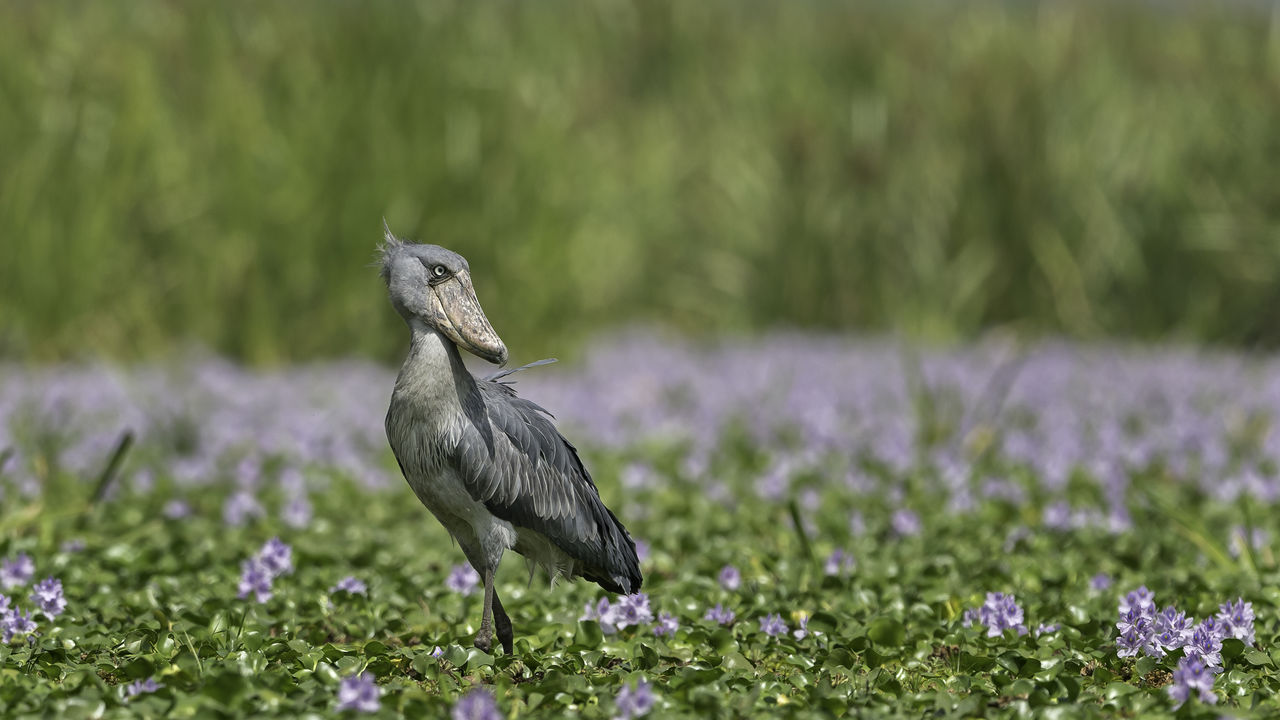
They are aware that if they wait long enough for the right moment, they’ll find their next meal. And at the right moment, the bird will strike forward, all 5 feet of it, with its huge bill wide open, engulfing its target along with water, mud, vegetation, and probably any other hapless fish. Clamping down on its prey, the bird will start to swing its huge head back and forth, tipping out whatever stuff it doesn’t want to eat.
When there’s nothing but lungfish left, the Shoebill will give it a quick decapitation with the sharp edges of the bill and swallow away. It’s impossible not to be impressed by these giants.
Shoebill Conservation Status
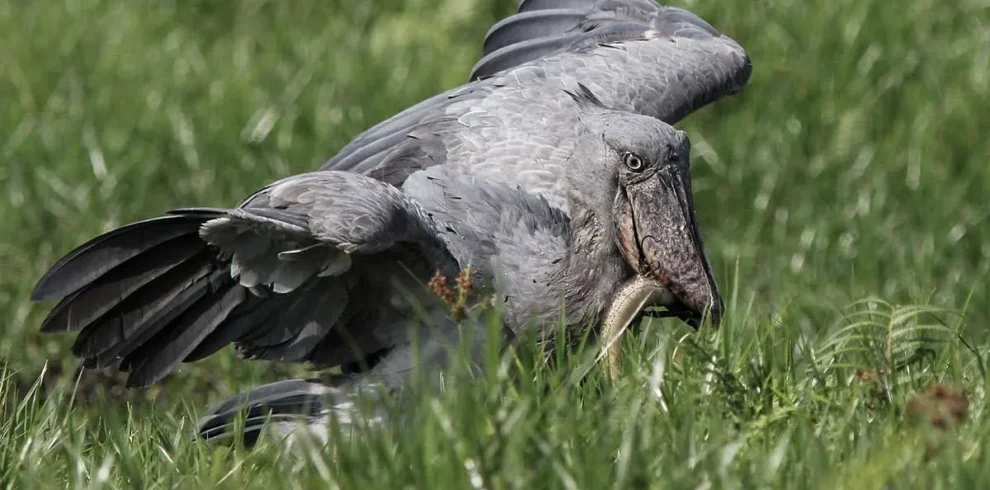
The Shoebill has been classified as Vulnerable on the IUCN Red List.
There are possibly less than 5,000 birds left on the planet. The birds are threatened by, hunters, the destruction of their environments by humans, climate change, pollution of river systems, and cultural taboos that lead to them being captured by tribes.
Mabamba Swamp Fishermen & Shoebills
Mabamba Swamp is rich with lungfish (called “mamba” in native language). This shoebills’ favorite food is also one of the most sought after by the local fishermen, creating competition.
The fishermen had long held a superstition that seeing a Shoebill (locally called ‘Boolwe’) resulted in a poor catch that day. But this is not farfetched because the Shoebill feeds on lungfish. And where the Shoebill is the fish will go into hiding.
For the fishermen, it was a bad omen to see a Shoebill when one set out to fish in the wetland. They hunted the Shoebills and killed them. This lead to a decline in the numbers and almost rendered birds extinct in Mabamba Swamp.
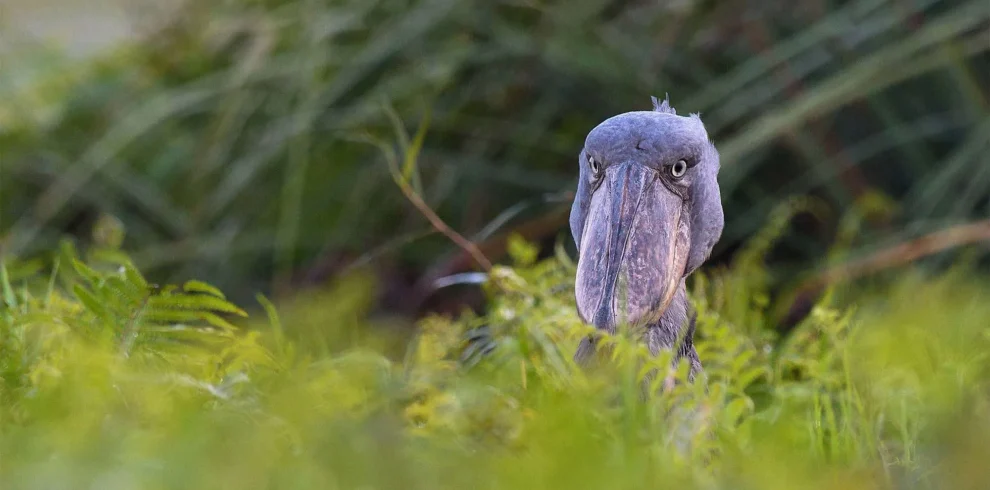
When Mabamba Wetland was designated a Ramsar Site in 2006, the shoebills got some protection.
However, bird-watching tours on the wetland brought enlightenment to the fishermen and the local community. The fishermen rent out their boats to birdwatchers and they make a lot of money. Even some fishermen have been trained in birding and guiding.
The fishermen now protect the Shoebill, so that when they set out to fish and see a Shoebill they do not kill it. They will gladly inform the visitors of where to see it.
Mabamba Shoebill Birding Tours & Boat Trips
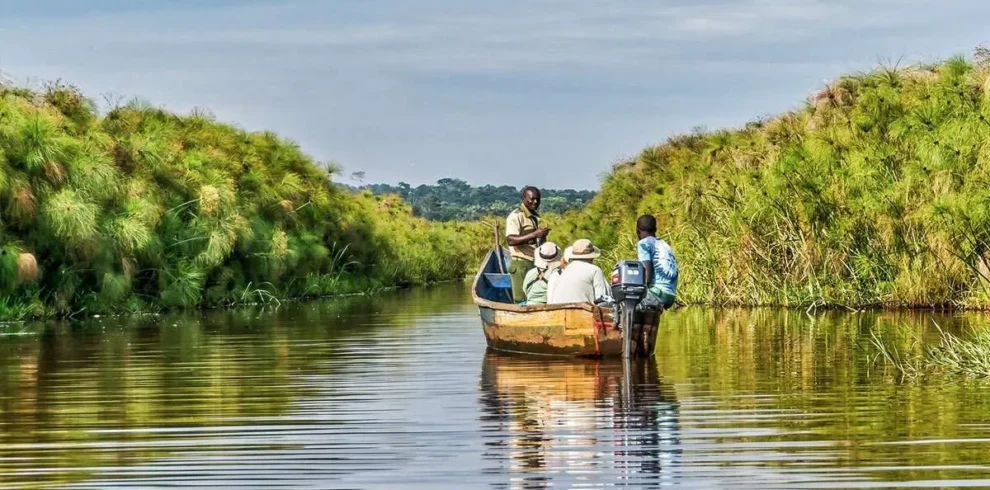
Shoebills bird watching in the Mabamba Bay Swamp is done from a motorized wooden canoe or boat. There are plenty of boats available with local riders eagerly waiting to take you to see the Shoebill.
The morning time is the best time to see the Shoebill in Mabamba Swamp. This is when it stalks lungfish by standing still for long even hours without movement until an unlucky fish crosses its path.
Later in the day when it gets hot, the Shoebill rests which it does by spreading out its wings and squatting among the grass. And thus may be hard to find. It may also be seen flying high in the sky to cool.
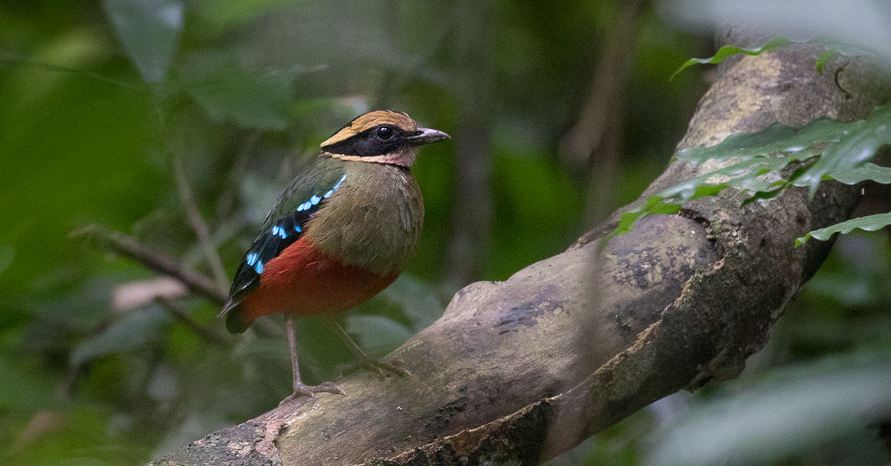
5 Days Uganda Birding Tour Shoebills, Green Breasted Pitta, & Chimps
5 Days
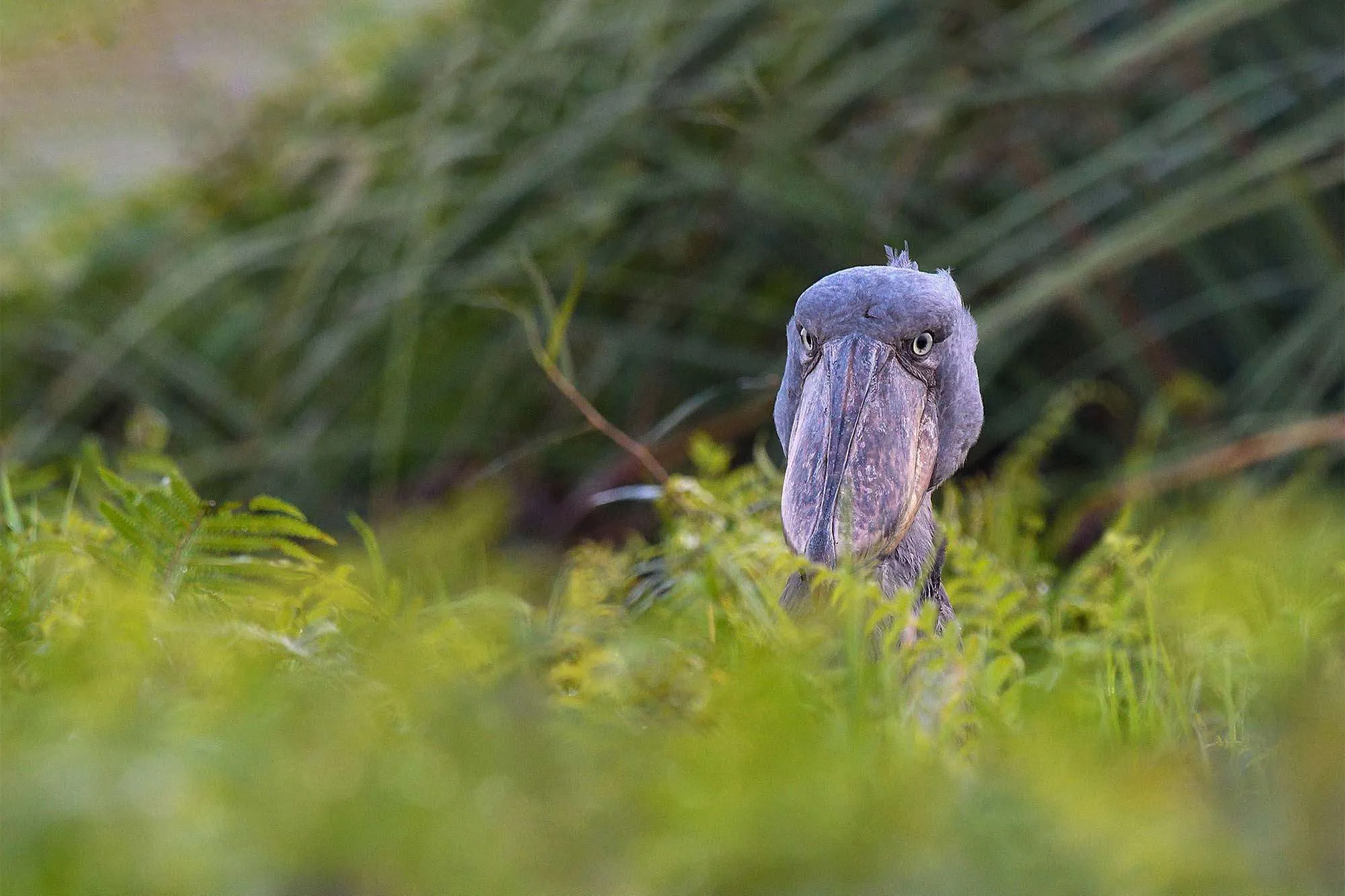
1 Day Mabamba Swamp Birding Tour – Shoebill Storks & Boat Ride
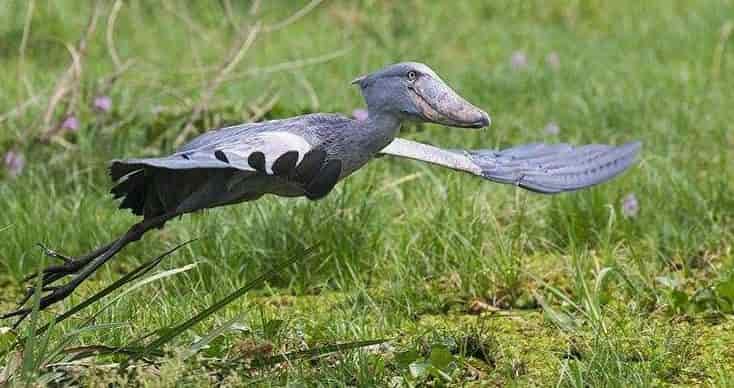
7 Days Uganda Birding Tour | Shoebills, Chimps, Gorillas, & More
7 Days
Other Beautiful Birds Of Mabamba Swamp
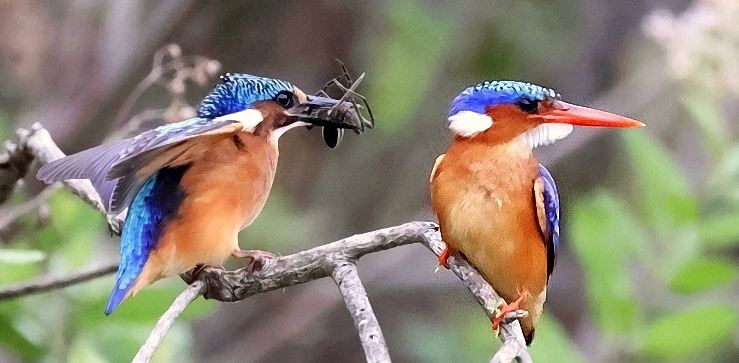
While on the boat and searching for iconic shoebills be sure to look out for other amazing bird species in Mabamba Swamp, such as:
- Papyrus Gonolek
- African Fish Eagle
- Swamp flycatcher
- Malachite kingfisher
- Winding cisticola
- Black-headed weavers
- Long-toed lapwing
- Yellow-billed duck
- African jacana
- Blue-headed couca
- Grey-rumped swallow
- Angola swallow
- African pygmy goose
- Blue-breasted bee-eater
- Rufous-bellied heron
- Purple heron
- African marsh harrier
- Black crake
- Fan-tailed widowbird
- Blue swallow
- Caruthers’s cisticola
- Double Toothed Barbet
- Goliath Heron
- Grey-crowned Crane
- Grosbeak weaver
- Harmerkop
- Long-tailed Cormorant
- Pin-tailed Whydah
- Vieillot’s’ Black Weaver, etc…
Birding Mabamba Swamp Environs/Vicinity
After or before a bird watching adventure inside Mabamba Swamp, you can enjoy birding in the surrounding areas such as Mabamba Landing Site, Parking, Cultivations and Bushland, and Nkima Forest.
1. Birding Mabamba Landing Site/Parking
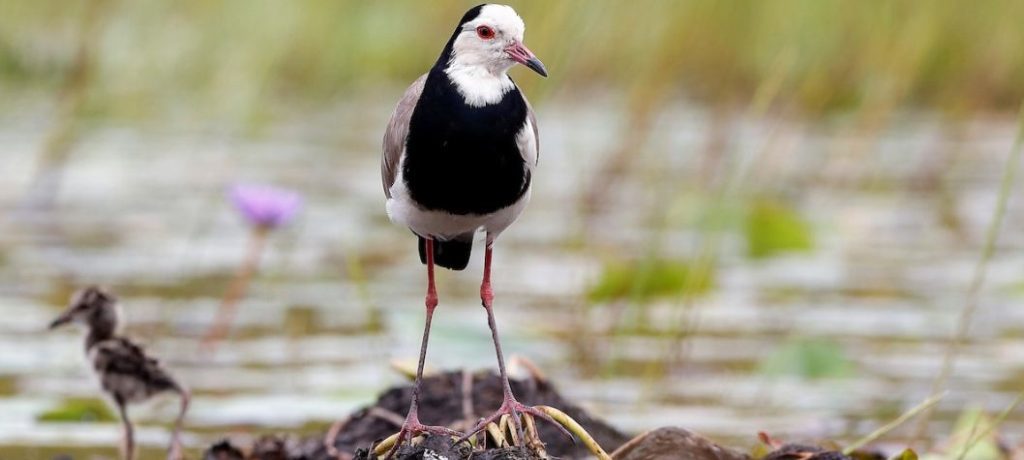
The landing site and parking area at Mabamba will offer you some nice birding.
The shrubs, thickets, and tall trees host a number of Uganda birds and can surprise you with special sighting. So, you can spend some time scanning the habitats before taking exploring the water channels of the Mabamba wetland.
The Superb Sunbird has been a common sighting here. It is often seen in short trees and shrubs picking insects on tree branches. You can also see the aggressive Red-chested Sunbird (Lake Victoria biome endemic) which is all over the place. Other birds often sighted include:
- Yellow-breasted Apalis
- Weyn’s Weaver
- Village Weaver
- Vieillot’s Black Weaver
- Grey-capped Warbler
- Yellow-throated Greenbul
- Splendid Starling
- Brown-throated Wattle-eye
- Lesser Striped Swallow
- Swamp Flycatcher
2. Birding Cultivations & Bushland
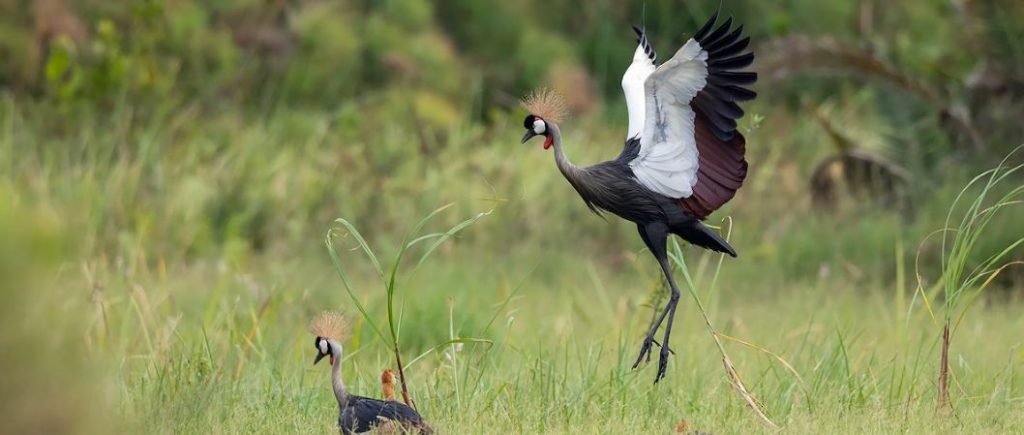
The nice footpath going along the wetland can cap up your Uganda birding trip at Mabamba Swamp and improve your checklist with field species.
After coming back from the boat trip on wetland you can then take on this trail which starts on your left just before the exit. The path passes through cultivations and bush land.
You can take a couple of hours walking till when you feel you have had enough because the trail is quite long. Some of the common birds include:
- Rufous-napped Lark
- Sooty Chat
- Grassland Pipit
- Red-bellied Paradise-Flycatcher
- Lizard Buzzard
- Cuckoos
- Weavers
- Scrub-robins
- Sunbirds
3. Birding In Nkima Forest
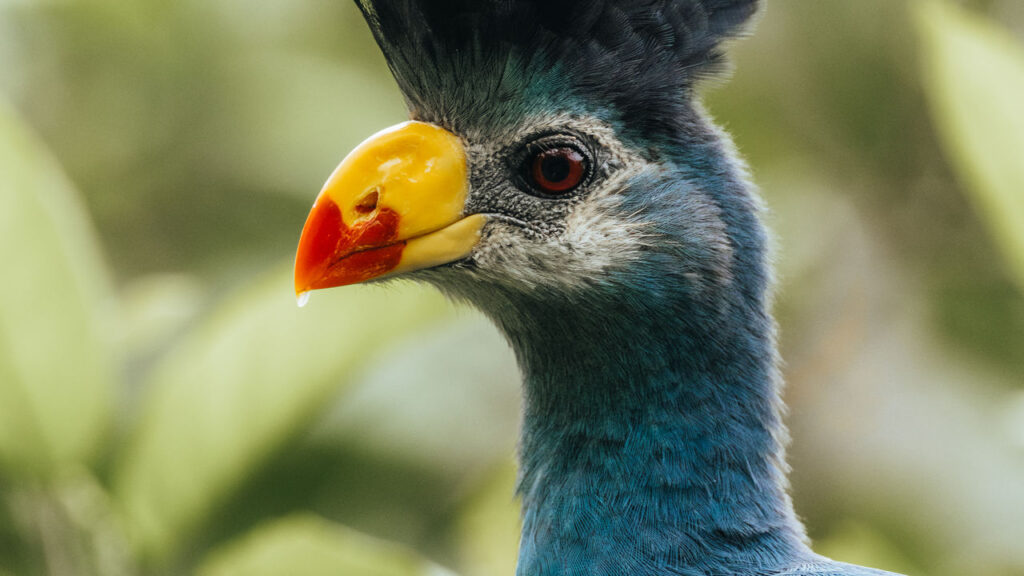
Nkima Forest is a small patch of forest located on a hill overlooking Mabamba Swamp. The forest is about 2 kilometers from Mabamba landing site and is just a 20 minutes’ walk from the swamp. The forest has Red-tailed monkeys and Vervet monkeys (after which it is named).
The site also has many species of butterflies and insects, as well as smaller mammals such as squirrels, mongoose, and bush babies.
Nkima forest may not compare with the big forests like Mabira Forest, Budongo Forest, Kibale Forest, Bwindi Impenetrable Forest, or Semuliki.
But it will give you a worthwhile forest birding experience as an extra to your birding experience in Mabamba Wetland. There is a wide range of forest birds including the elusive but vocal White-tailed Flufftail. Other notable bird species in Nkima Forest include:
- Great blue turaco
- African grey parrot
- Snowy-headed robin cha
- Hornbills
- Bee-eaters
- Western Nicator
- Red-capped Robinchat
- Tambourine Dove
- Scally Francolin
How To Get To Mabamba Wetland?
1. By Car
You have two routes you can use to get to the Mabamba Swamp by car. One starts from Entebbe and the other from Kampala city. From Entebbe, you will drive up to Kisubi area.
From there, you branch to the road leading to Nakawuka. You will then leave Nakawuka and go to Kasanje before proceeding to Mabamba Bay Swamp.
If you are arriving from Kampala city, you can use the old Entebbe road up to Kisubi. From Kisubi, you branch to the road leading to Nakawuka. Once you reach Kasanje, you would have reached very close to the swamp.
2. By Boat
You can also use the most convenient but more expensive water transport to Mabamba Swamp. The journey to Mabamba takes around 40 minutes by boat. You can hire a speed boat at waterfront beach or the Entebbe sailing club.
A boat trip is more exciting and scenic allowing you to check out the islands and beautiful beaches in Entebbe. Once you reach the wetland, you have to switch to local canoes owned by the local fishermen in order to navigate through the reeds and papyrus.
Other Places To Near Mabamba Swamp
- Uganda Wildlife Education Center – Entebbe Zoo
- Ngamba Island Chimpanzee Sanctuary
- Lake Victoria Beaches
- Uganda Reptile Village
- Entebbe Botanical Gardens – For birding and leisurely walks
- Entebbe Golf Club – East Africa’s oldest gold course
- Lake Victoria – Africa’s largest lake
- Local Markets
- The Entebbe Craft Village
- Zika Forest
- Shops, Restaurants, Bars, And Cafés
- Lutembe Bay Swamp
